I'm trying to plot this parametric equation and use Slider widget from matplotlib to make the plot interactive. I want to be able to tweak the value of the constants a and k and see how the plot changes. I have been able to produce this so far, but although sliders are interactive (i.e. I can change the values on them), changing the values on the sliders doesn't affect the plot at all. I couldn't figure out what I'm doing wrong. Here's my code. I would appreciate if you could point me in the right direction or provide any sort of help, really. Thanks.
NB: Initial values (a_init and k_init) are random and have no significance whatsoever. I don't think the problem is with them, though.
from matplotlib.widgets import Slider
import numpy as np
import matplotlib.pyplot as plt
a_init = 15
k_init = 25
t = np.linspace(0, 2*np.pi, 100)
x = 2*k_init*np.cos(t)-a_init*np.cos(k_init*t)
y = 2*k_init*np.sin(t)-a_init*np.sin(k_init*t)
fig = plt.figure(figsize=(8,8))
parametric_ax = plt.axes([0.1, 0.2, 0.8, 0.65])
slider_ax = plt.axes([0.1, 0.03, 0.8, 0.05])
slider2_ax = plt.axes([0.1, 0.10, 0.8, 0.05])
plt.axes(parametric_ax)
parametric_plot, = plt.plot(x, y)
a_slider = Slider(slider_ax, 'a', 0, 1000, valinit=a_init)
k_slider = Slider(slider2_ax, 'k', 0, 1000, valinit=k_init)
def update(a, k):
parametric_plot.set_ydata((2*k*np.cos(t)-a*np.cos(t*k)), (2*k*np.sin(t)-a*np.sin(t*k)))
fig.canvas.draw_idle()
a_slider.on_changed(update)
k_slider.on_changed(update)
plt.show()
